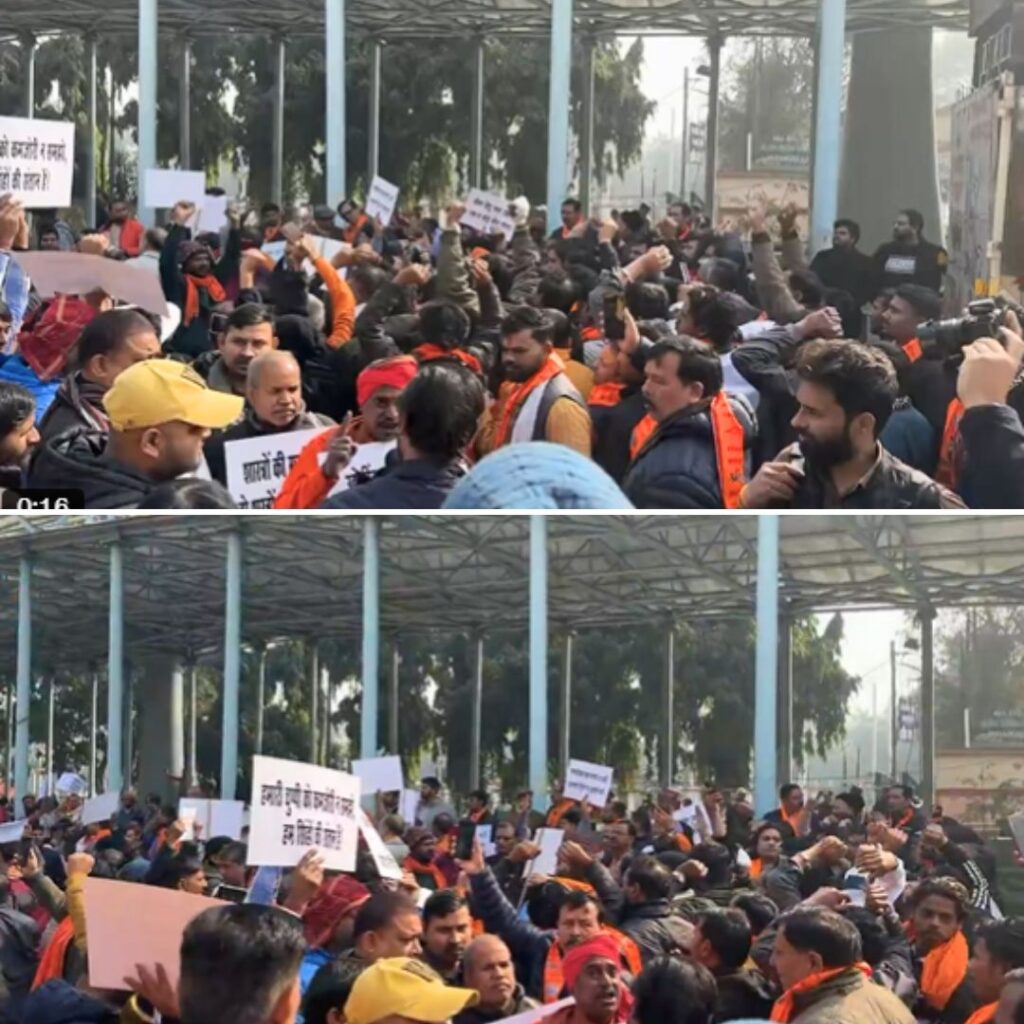In a major relief for thousands of Indian professionals and international students in the United States, the US Citizenship and Immigration Services (USCIS) has issued updated guidance clarifying that graduates on F-1 visas who change their status to H-1B while already residing in the country will not be required to pay the recently introduced US $100,000 visa fee.
The clarification, issued on 20 October 2025, applies only to new petitions filed for beneficiaries outside the United States. The decision follows weeks of confusion after the Trump administration’s September order that drastically increased visa costs.
Indian graduates, tech professionals, and employers across the US have hailed the clarification as a much-needed reprieve amid tightening immigration norms, while American business groups continue to legally challenge the broader rule.
Relief for Indian Graduates and Tech Workers
The USCIS clarified through its official FAQs that the $100,000 fee-one of the highest ever introduced in the US immigration system-applies exclusively to new H-1B petitions filed on or after 21 September 2025 for candidates outside the United States who do not hold a valid H-1B visa.
The agency added that petitions filed from within the US, such as those involving a change of status from F-1 student to H-1B employee, or extensions of stay, will not attract the charge. “This ensures fairness and avoids penalising individuals who have already invested in the American education system and economy,” said a USCIS spokesperson.
For Indian students completing their master’s or STEM programmes in the US, the clarification removes a massive financial hurdle. Many had feared they would have to pay the exorbitant fee when switching from their Optional Practical Training (OPT) period to full-time employment under the H-1B visa. “I had started saving up in case my employer couldn’t afford to sponsor me under the new rule,” said Anjali Patel, a recent graduate from the University of Texas. “This update feels like a lifeline.”
The US is home to over 200,000 Indian students and nearly 70% of all H-1B visa holders are Indian nationals, according to US government data. Tech companies, universities, and healthcare institutions—many of which rely heavily on global talent-have also expressed relief, noting that the decision prevents further disruption to the American workforce.
Background: Controversial Fee Faces Global Backlash
The steep $100,000 H-1B fee was introduced under a Donald Trump executive order in September 2025, aimed at reducing foreign worker dependency and promoting “American-first hiring.” The administration argued the fee would discourage misuse of the visa system, but it immediately sparked criticism from universities, business associations, and immigrant advocacy groups.
The US Chamber of Commerce and other major industry coalitions have since filed lawsuits against the Department of Homeland Security (DHS) and the White House, alleging that the policy “oversteps executive authority” and undermines US competitiveness. Meanwhile, organisations such as the American Medical Association have called for exemptions for critical sectors like healthcare, warning that the policy could worsen doctor shortages in rural America.
The Indian government and diaspora bodies also voiced strong objections, describing the move as “discriminatory” and “economically counterproductive.” India’s Ministry of External Affairs reportedly raised the issue through diplomatic channels, highlighting the contribution of Indian professionals to US innovation and technology.
Economic analysts have warned that the steep fee could slow down hiring in the tech sector and encourage companies to move operations offshore.
The Logical Indian’s Perspective
The USCIS clarification is a timely and welcome step towards ensuring equity in the immigration process. It acknowledges that students and skilled workers who have already invested in American education and society should not be burdened with excessive costs. While every country has the right to protect its labour market, policies must not unfairly penalise talent or breed exclusion.
Migration, at its best, represents shared opportunity. It strengthens economies, fosters innovation, and builds bridges across nations. When governments pursue immigration reform, compassion and pragmatism must guide policy design-recognising the value that skilled migrants bring to society.
The Logical Indian believes this step highlights the need for transparent, humane, and future-oriented visa systems-ones that balance national priorities with global collaboration.












